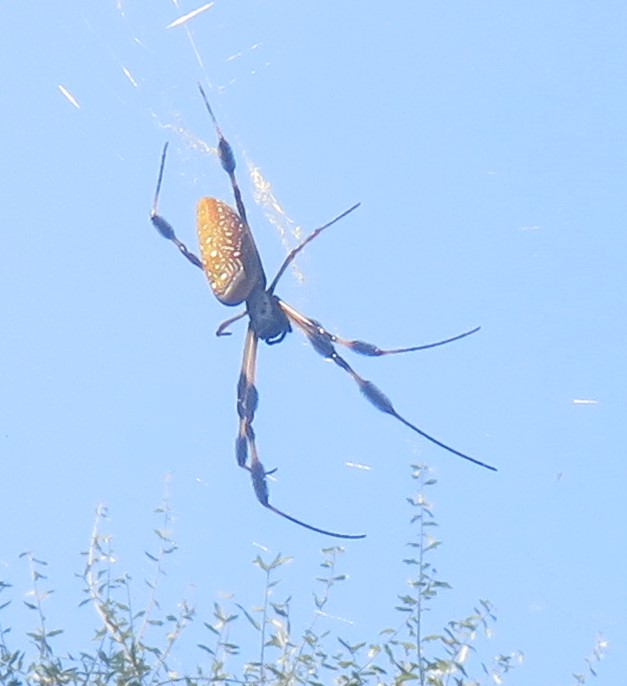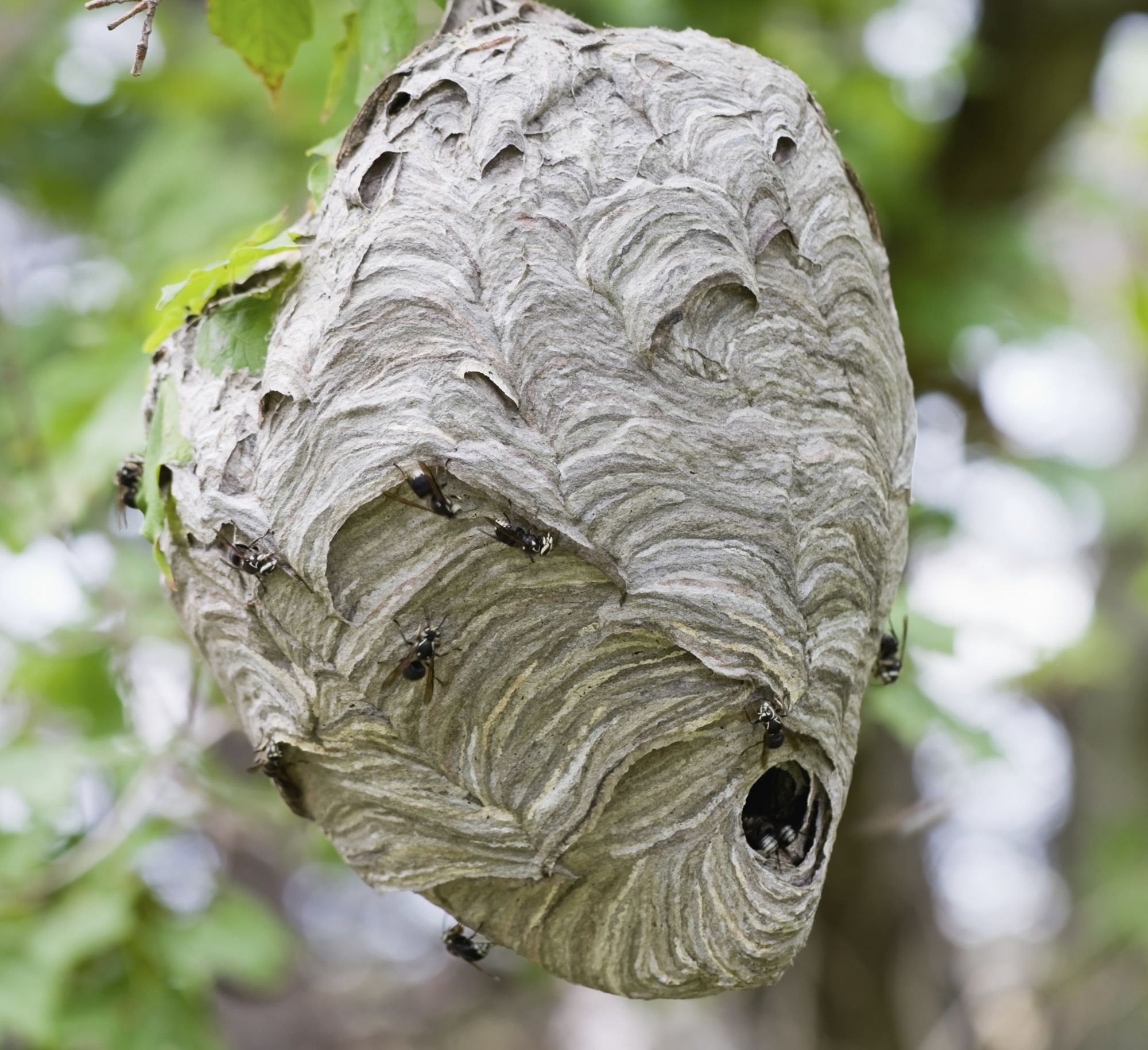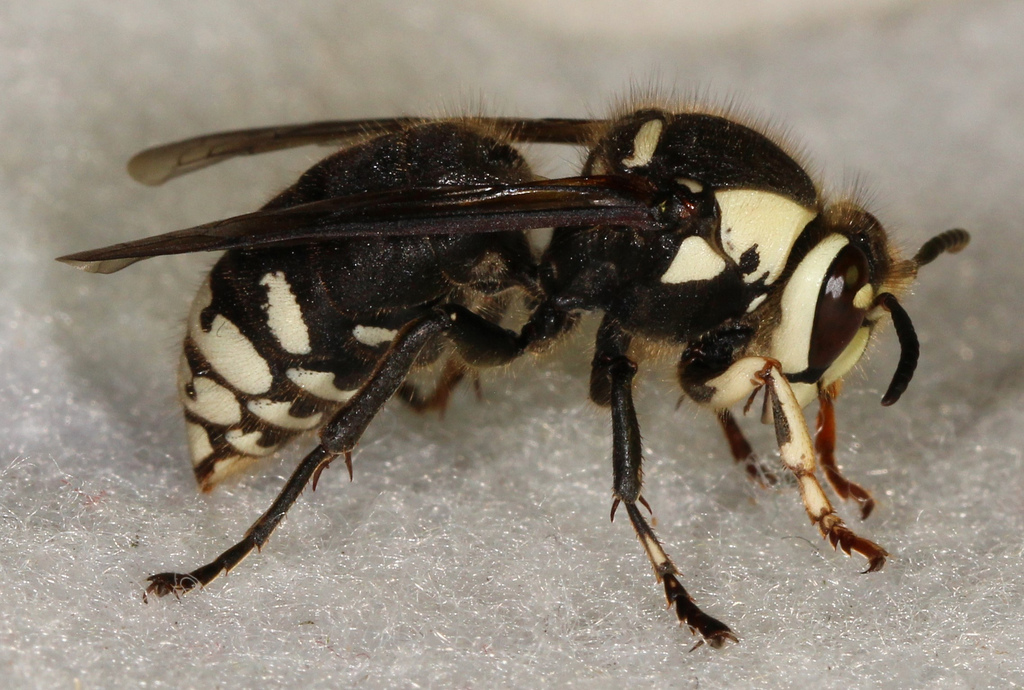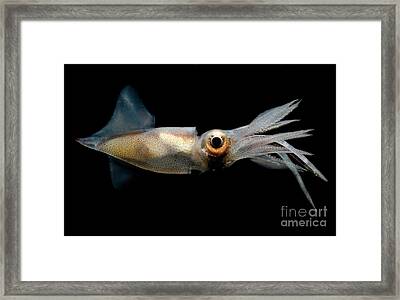This is probably the last new article I publish on WordPress. I’m going to send a letter to Automattic Corporation and ask them to share the ad revenue they get from my website, but I do not expect a positive response. Everybody understands the term–corporate greed. If they are running advertisements between paragraphs, they must be raking in considerable revenue, and they can afford to share money with content creators. I will reblog reruns for a while (with a brief commentary), so think of this blog as a television series airing repeats during summer, but the fate of this series is still undecided. I will still write weekly blog articles…I’m just not going to publish them on wordpress, unless they start paying me. Maybe in a year I will publish an e-book entitled Georgia Before People: A New Collection of Eclectic Essays and sell it for $5. If I do, I’ll post a link here. I’ve also contemplated writing my memoirs, but that seems like too much drudgery. My life has not been particularly interesting.
I’m not the first content creator to experience being screwed in the ass by a corporation. Carl Burgos created the Human Torch for Timely Comics (the predecessor to Marvel Comics) in 1939. The original Human Torch, as conceived by Burgos, was an android built by a mad scientist. This superhero was popular for about 10 years. Marvel Comics brought him back in 1961 as a member of the Fantastic Four, but his origin was different–he was a human exposed to gamma rays. Carl Burgos attempted legal action against Marvel Comics to get re-imbursed for his creation, but his lawyers were not as skilled as those hired by the corporation. Judges ruled the corporation owned the rights to the character, not the person who actually created it. To add insult to injury, the original copyright agreement expired in 1966, and Marvel Comics published a story that year with a battle between the original Human Torch vs the new Human Torch. The original Human Torch was killed. Carl Burgos was so upset; he threw all his comic books in the trash. These were likely contributor’s copies he owned that were worth a lot of money, and his daughter tried to retrieve them, but he wouldn’t let her. I’m not as embittered as Carl Burgos. I’m not going to go back and delete all my old articles. But I’m not going to continue participating in an operation with such an unfair business model.

Carl Burgos created the Human Torch for Timely Comics in 1939. Marvel Comics ripped off his creation and would not adequately compensate him. He became so frustrated he threw away all his comic books, despite their value. I’m not going to delete my posts, but I refuse to produce new material for my blog until Automattic Corporation starts sharing advertising revenue with me.
I wonder how long my existing articles will last through history. How long is the internet going to last? My blog might be on the worldwide web available to most of the world for a very long time, perhaps past my death. (Incidentally, no one living in Russia, China, Turkey, or Iran has ever read my blog. It is restricted to the free world.) Maybe scientists looking for some really obscure source or scientific reference will look through my blog a hundred years from now. But the internet won’t last forever. Someday humans will become extinct. A comet impact or a massive nuclear war will wipe Homo sapiens off the earth, but ants and cockroaches will survive. Both have survived previous comet impacts, and ants can survive 150 times more nuclear radiation than humans, while cockroaches can survive 700 times more nuclear radiation than us. Though they can’t survive direct impacts, both can live for years on organic detritus in the surrounding radioactive environment. Humans are not even close to being as resilient as ants and cockroaches.

Cockroaches along with ants may inherit the earth, but in the short time I have left, I will kill any I find in my house. Nailed this one on the back of the toilet while I was drunk and stoned.

Ants and cockroaches will be battling each other long after humans are extinct.
There are over 12,000 species of ants in the world, and they first evolved about 160 million years ago. There are about 4600 species of cockroaches in the world, though just 30 species of them are pests. Cockroaches are even older than ants, having first evolved about 320 million years ago. Formerly, they were thought to have no close relatives, but recently scientists determined they should belong to the superorder Dictyoptera which includes termites and mantids. The American cockroach (Periplaneta americana) is a frequent year-round pest in my house. They occur more often in the warmer months. They are nicknamed “palmetto bugs” and they are large–honestly, I used a sledgehammer to kill one once. Curiously, they are not native to America but came over on ships carrying African slaves. Another species of cockroach (Evrycotis floridana) is also nicknamed “palmetto bug,” but this species is rarely found indoors. I have seen this species outside but not often in the house. It is also a large cockroach. The cockroaches that survive human extinction will likely not be the ones considered pests because they are so dependent upon us for food and shelter.
Reference:
Howe, Sean
Marvel Comics: The Untold Story
Harper Perennial 2012




























